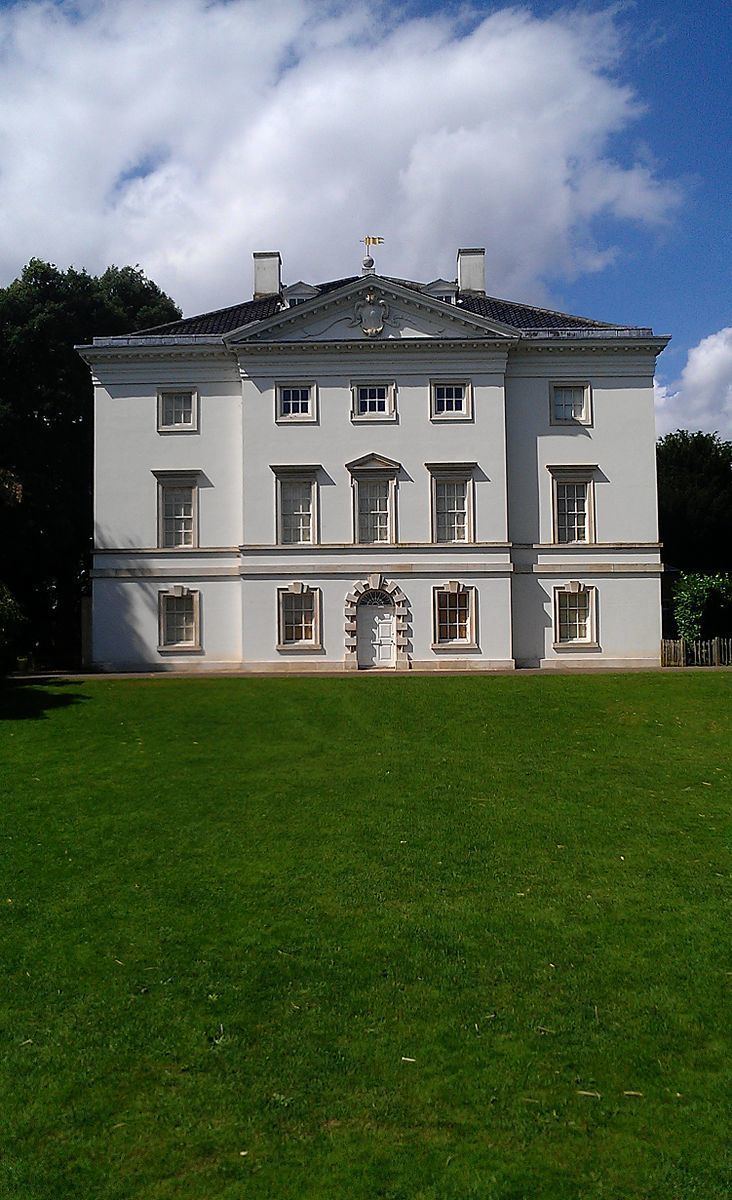Opened 1729 Architectural style Palladian architecture | Phone +44 370 333 1181 | |
 | ||
Similar Orleans House, Ham House, World Rugby Museum, Twickenham Museum, Strawberry Hill - London | ||
Marble hill house twickenham
Marble Hill House is a Palladian villa built between 1724 and 1729 in Twickenham in the London Borough of Richmond upon Thames. The compact design soon became famous and furnished a standard model for the Georgian English villa and for plantation houses in the American colonies.
Contents
- Marble hill house twickenham
- Description
- Notable guests
- Derivative buildings
- Present day
- Access
- References
Description
Marble Hill House was built in 1724–1729 by Henrietta Howard, Countess of Suffolk, the mistress of King George II, to the designs of the architect Roger Morris (1695–1749) in collaboration with Henry Herbert, 9th Earl of Pembroke, one of the "architect earls". Pembroke, then Lord Herbert, based the design of Marble Hill to a large degree on Andrea Palladio's 1553 Villa Cornaro in Piombino Dese, Italy, and thus incorporated a cubic saloon on the first floor or piano nobile. Villa Cornaro also served as a model for plantation houses in the American colonies, examples being Drayton Hall (1738–1742) in Charleston, South Carolina, and Thomas Jefferson's initial version of Monticello (1768–1770). It was in other respects an adaptation of a more expansive design by Colen Campbell. It is set in 66 acres (2.67 km²) of parkland known as Marble Hill Park. The Great Room contains lavishly gilded decoration and five capricci paintings by Giovanni Paolo Pannini. Marble Hill House also contains a loaned collection of early Georgian furniture and paintings as well as the Chinoiserie collection of the Lazenby Bequest.
Notable guests
Both Alexander Pope and Jonathan Swift spent many happy hours at Marble Hill as Henrietta Howard's guests.
Derivative buildings
Shortly after its building the architecture of Marble Hill House became widely known from published engravings, and was widely admired for its compact plan and tightly controlled elevations. Its design was soon copied elsewhere, rarely in the 1730s and 1740s but more commonly thereafter, and provided a standard model for the English villas built throughout the Thames Valley and further afield, for example New Place, King's Nympton, Devon, built between 1746 and 1749 to the design of Francis Cartwright of Blandford in Dorset.
Present day
The house is now owned by English Heritage, which acquired it in 1986 following the abolition of the Greater London Council. The house with its extensive grounds are known as Marble Hill Park and provide many leisure facilities including a cricket pitch and nets, tennis courts, a putting green and a children's play area.
Access
Five London bus routes stop outside the park gates; the 33, 490, H22, R68 and R70. Another, the H37, stops nearby in St Margaret's Road. The nearest station is St Margarets on the Waterloo to Reading line, a short walk to the north.
Hammerton's Ferry links the gardens to Ham House on the opposite bank of the River Thames.
